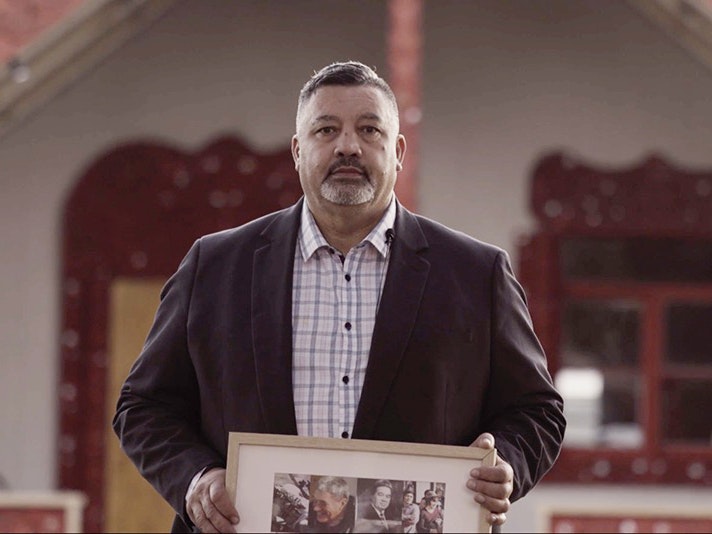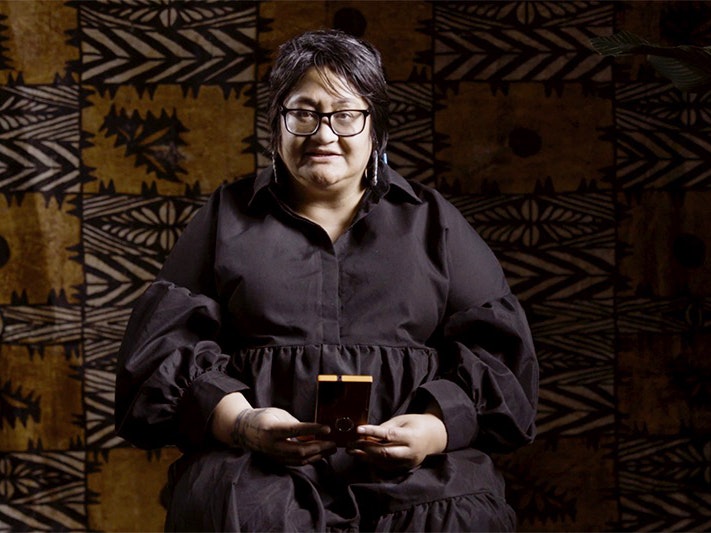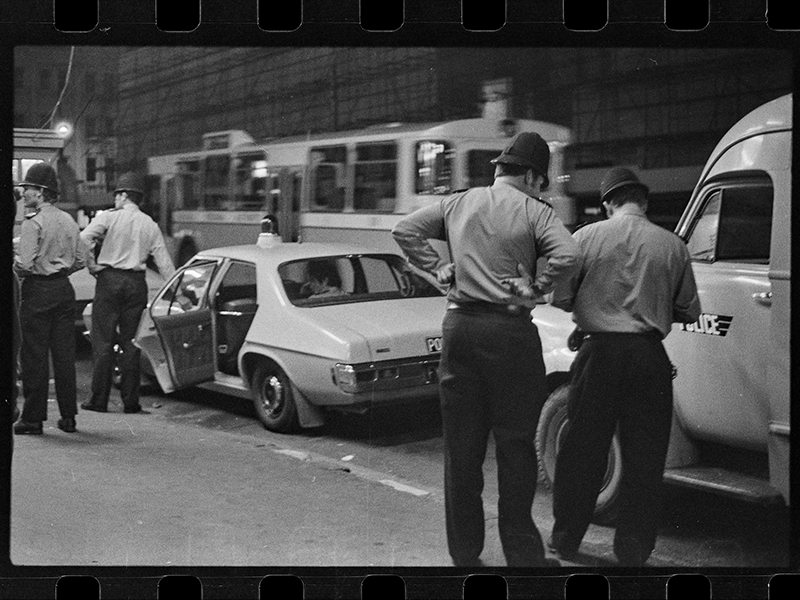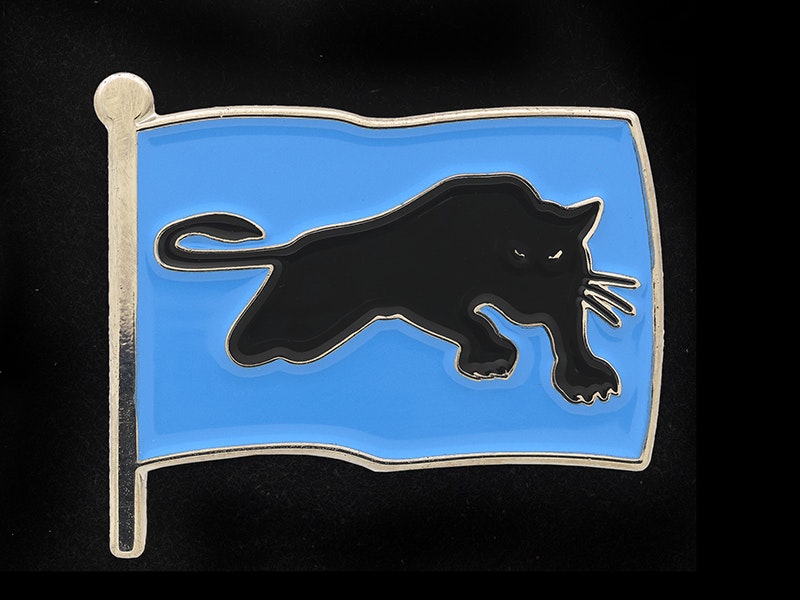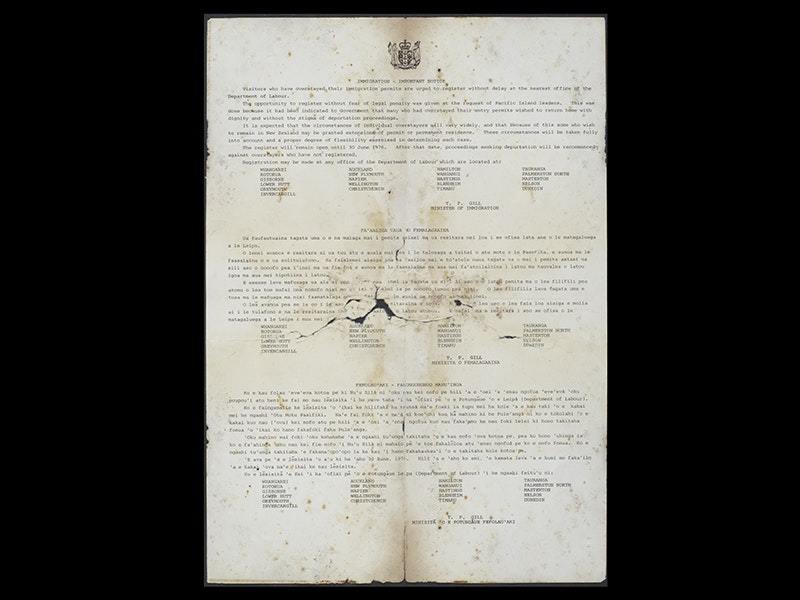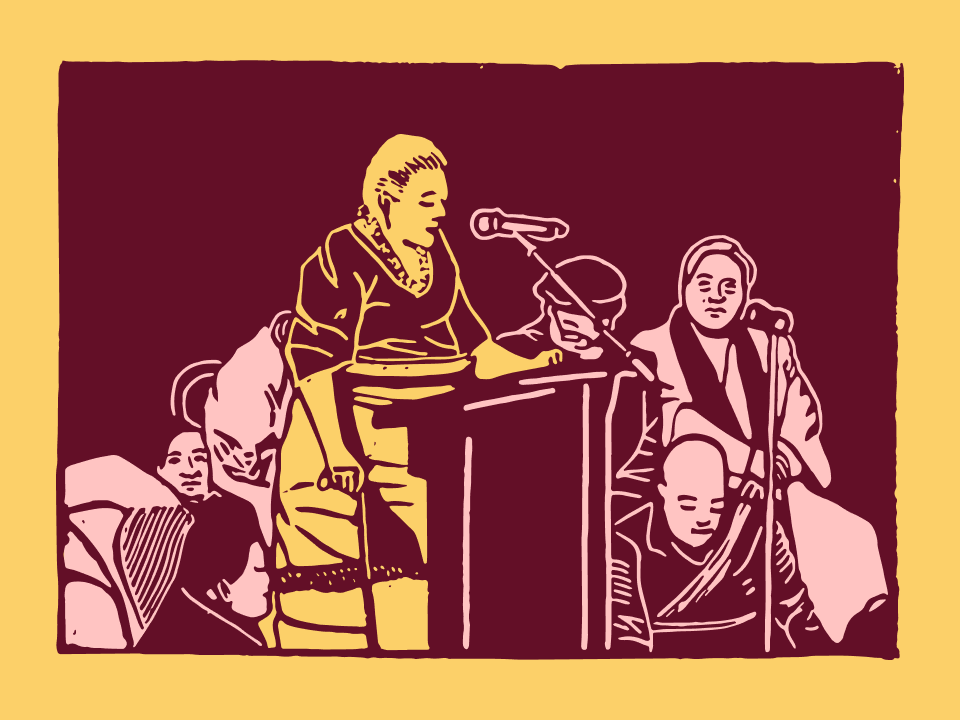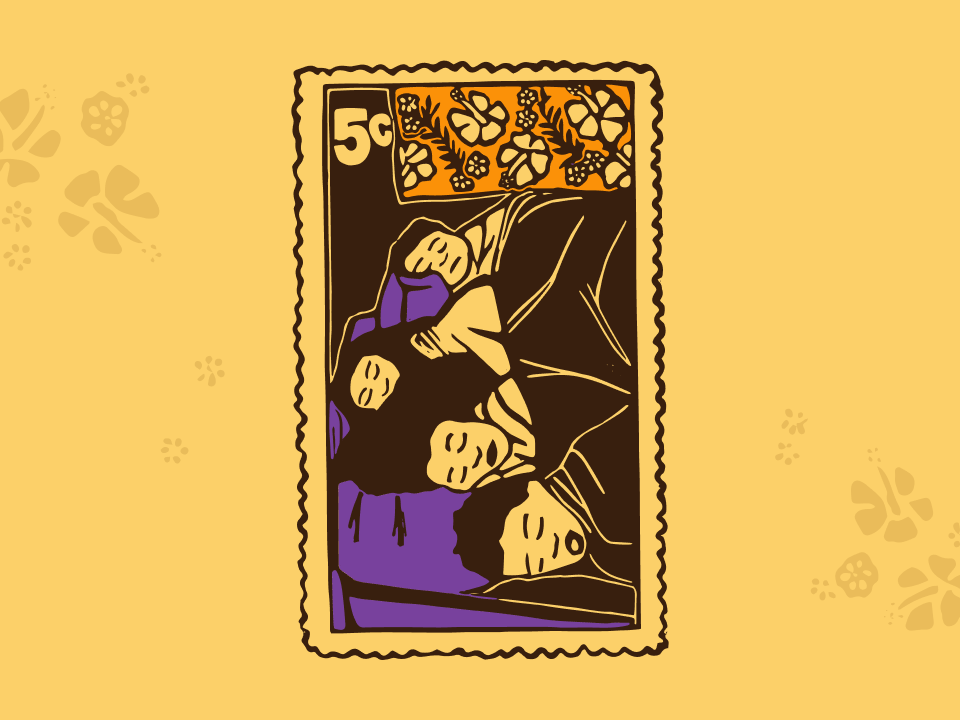
Watch: Liana Leiataua reflects on the Dawn Raids
As part of remembering Dawn Raids, a talanoa (workshop) was held at Pātaka to reflect on the time 50 years ago and share testimonies of Māori and Pacific stories of the trauma, injustices, and impact on their families and lives. Here, Liana Leiataua shares her memories of the Dawn Raids as a young child.
